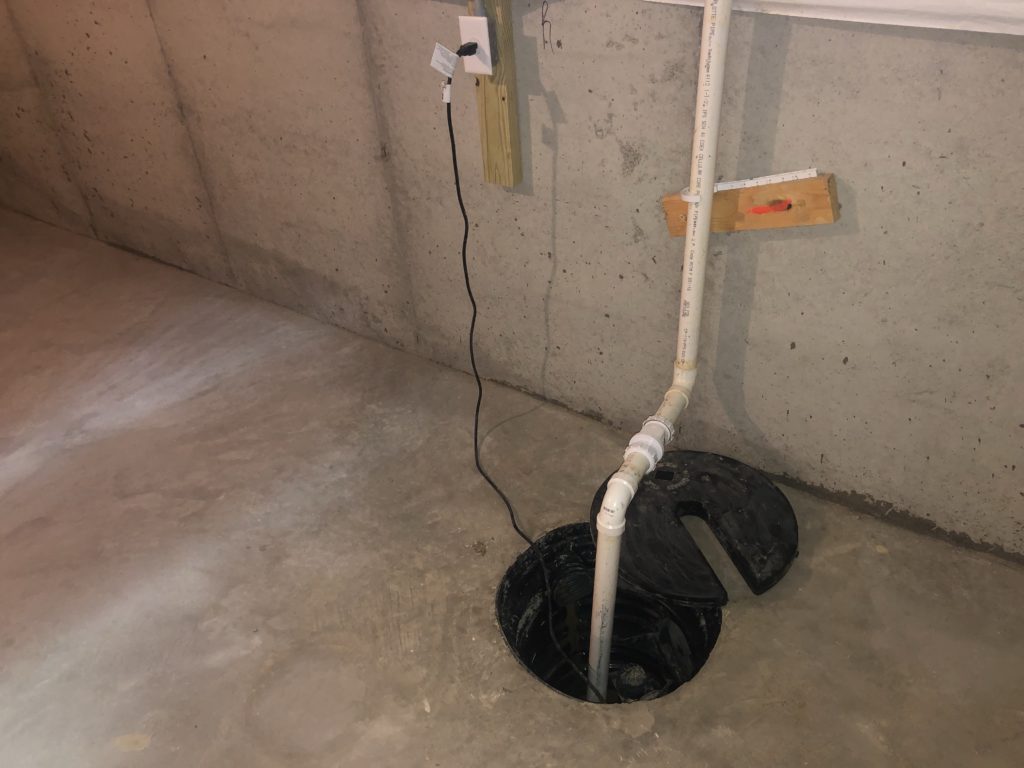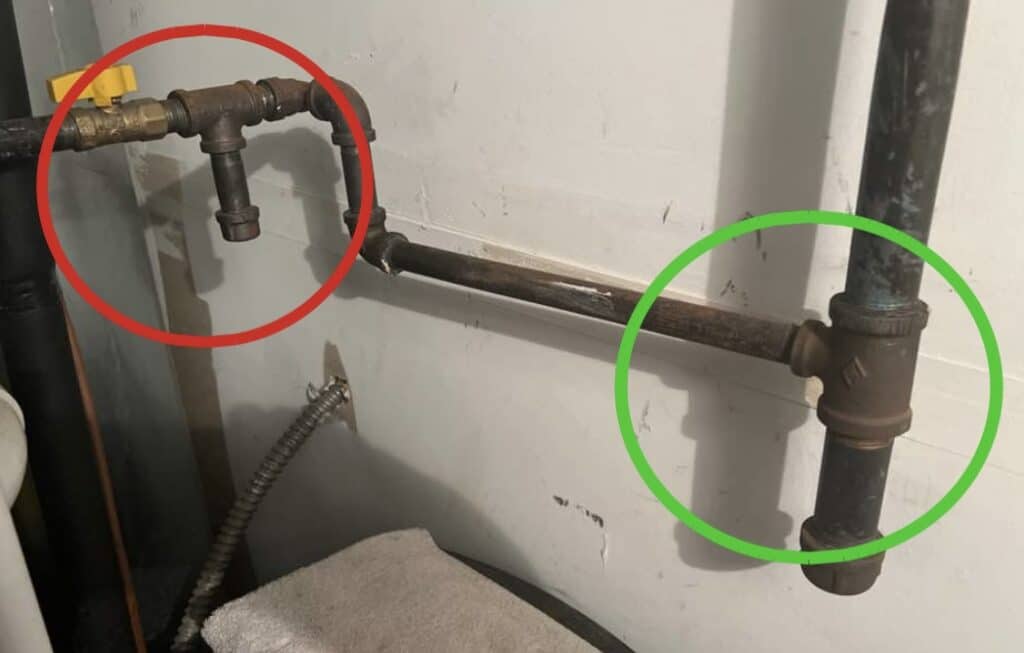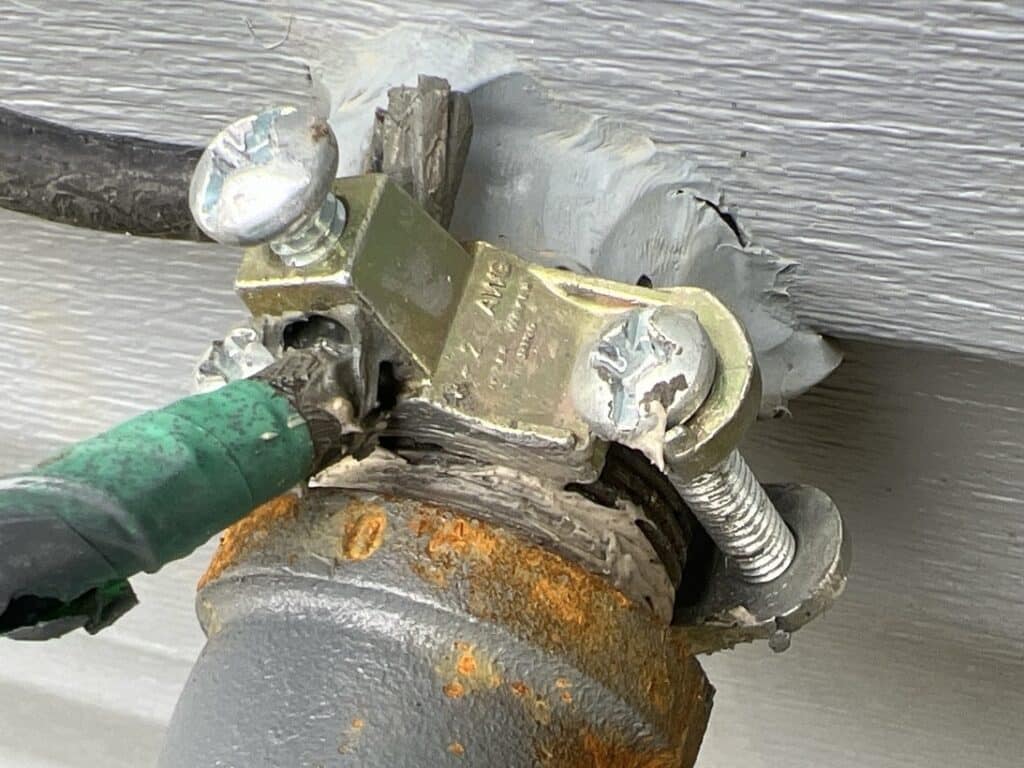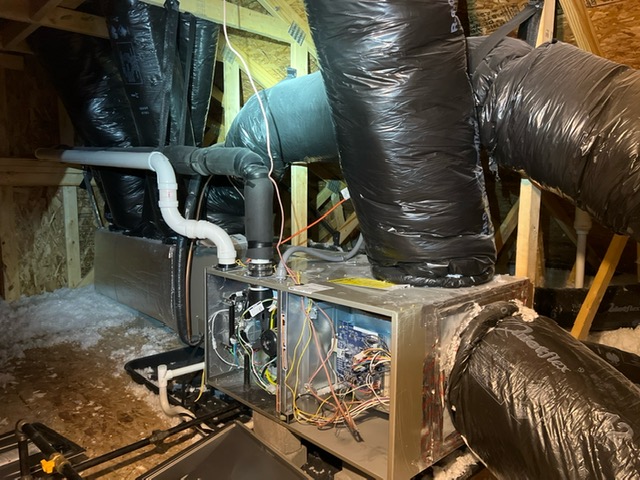
Today we will be shining a technical spotlight on a handy piece of equipment used to assist in drainage. Yes, that’s right folks- we are talking about the sump pump.
Now you may be thinking, “sump pump – doesn’t that have to do with my sewage system?” Well in fact, no, it does not. Sump pumps are designed to handle surface water and ground water (aka storm water) that accumulates around the building. They do not handle sanitary waste liquids or solids.
Sump pumps are typically installed when there is a risk of flooding grade or sub grade areas. That is to say if you live in a lower spot then you may experience- you may already know exactly what a sump pump is about.
Now you may be thinking, “hold on – I have a drainage system, does that help?” Indeed it does. Exterior or interior perimeter foundation drainage systems may drain into a sump pump. But for the most part, gutters and downspouts do not typically discharge into a sump pump system. Your home inspector wants you to be aware that this arrangement is risky because it brings outdoor storm water into the building. Therefore downspouts should, of course, discharge above grade several feet from the house. Floor drains do not normally drain into sump pumps because the water may not be as clean as storm water.
Catching on? Or still need some more clarity?
Try this out; some houses need some pumps because the slope of the lines direct water towards the foundations. In other areas some pumps are necessary because of a high water table. Some municipalities may even require sump pumps as a regulation if the storm sewers are above the lowest floor level.
These are all things to consider asking your home inspector about upon getting your home inspected for the future.
Evie Weir







Leave a Reply